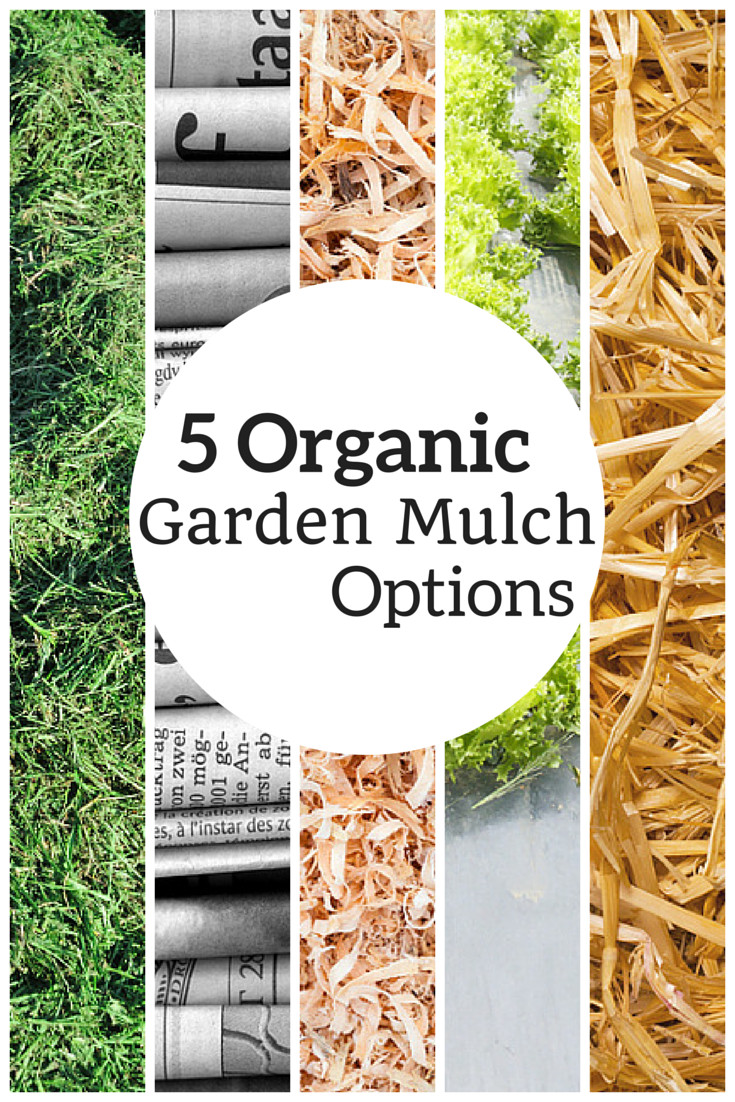 In your garden the best way to keep it virtually weed free, well fed, moist and beautiful is to find a good organic garden mulch that works well with your area. In our high performance gardens I have used 5 different mulches and have found the top two that I now use on our farm. Are you ready to discover the organic garden mulch option that is best for your garden? Watch the training video below to get started.
In your garden the best way to keep it virtually weed free, well fed, moist and beautiful is to find a good organic garden mulch that works well with your area. In our high performance gardens I have used 5 different mulches and have found the top two that I now use on our farm. Are you ready to discover the organic garden mulch option that is best for your garden? Watch the training video below to get started.
Organic Garden Mulch Options
Weed Barrier
I’ve taken weed barrier and burned holes for where the plants will go (you can take scissors and cut an X as well). When you rest it on your garden bed you have to place rocks on it to keep the weed barrier from blowing away. The cons of this option are that the fabric bakes the bed on sunny days and does not feed the worms or microbes.
Sawdust or Wood Chips
This weed barrier does not work as well as other weed barriers when it comes to suppressing weeds. It is great at holding in moisture, feeding your worms and microbes and beautifying your garden! It is a better option than weed barrier and cheaper as well if you live close to a wood mill.
Newspaper
Out of desperation I have used newspaper as mulch in the garden and surprisingly it worked well with larger plants (like green beans). First you soak the newspaper and lay it 3-5 strips thick in an interlocking grid pattern around the plants. It suppresses the weeds very well when wet and it also feeds the worms while retaining moisture in the garden. However, when the newspaper dries it tends to be blown all over your yard by the wind. It is also not a very attractive option for the garden.
Straw
This is not hay or alfalfa. It’s a byproduct of growing cereal grains. (An easy way to tell if you are purchasing straw is whether or not the product is yellow or not.) It can be difficult to work around small plants and requires being mulched heavily. It suppresses weeds, retains moisture, feeds the worms and is beautiful when applied thickly. Watch out for the occasional seed head when you apply it in your garden!
Grass Clippings
This is my favorite organic garden mulch option. I apply it in my garden beds about 1″ thick when green. When this mulch dries it locks together to form a mat that very successfully suppresses weeds. It is a beautiful way to feed your microbes, retain moisture and keep your garden looking beautiful. If you have access to organic grass clippings use them in your garden for the best mulch option possible!
What is your favorite mulch option? Tell me all about it in the comments below!
Until next time may your garden be easy, fun, productive and always organic,
Lynn
Email Lynn any questions you have about mulching materials in your organic garden. Keeping your garden virtually weed free while feeding the soil is important to developing a high performance garden.

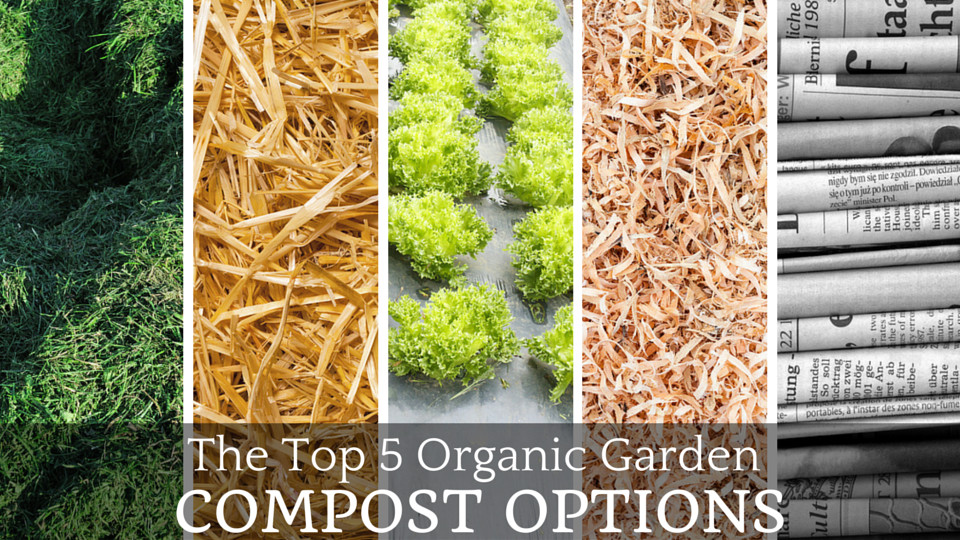
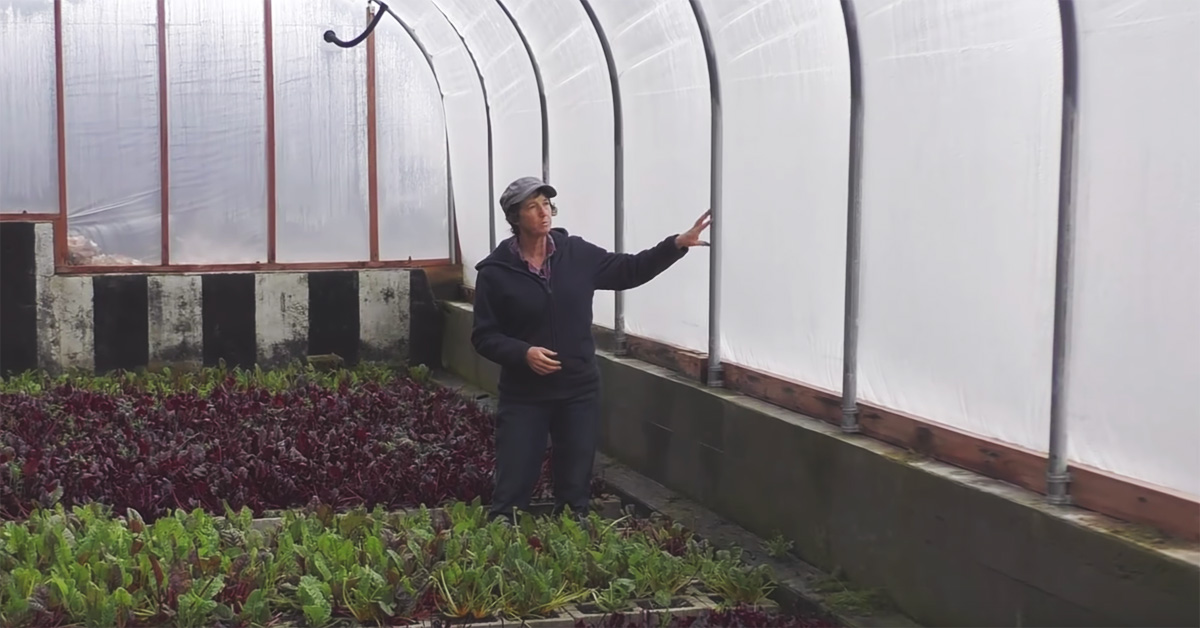
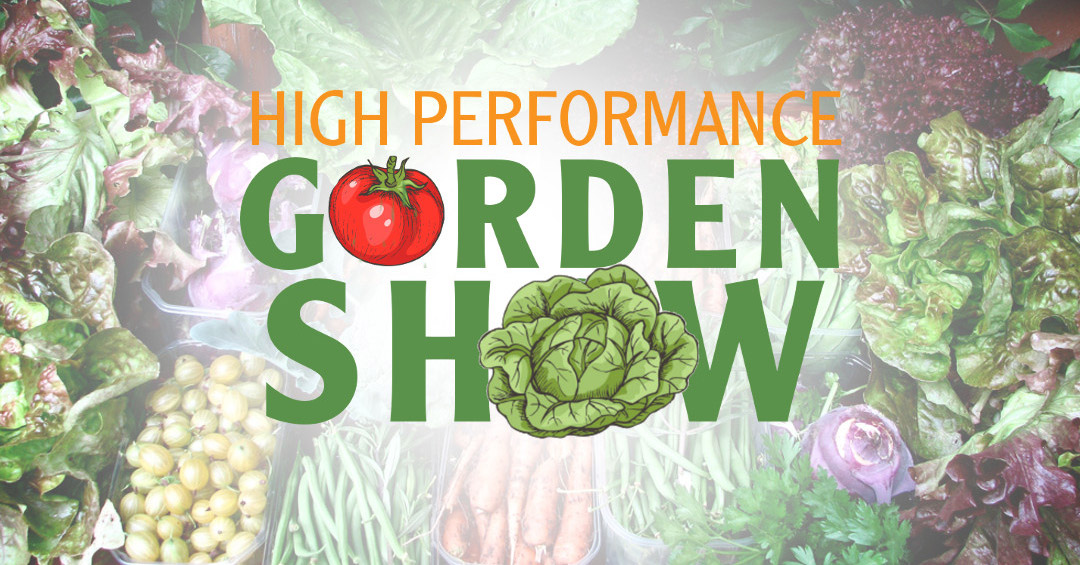
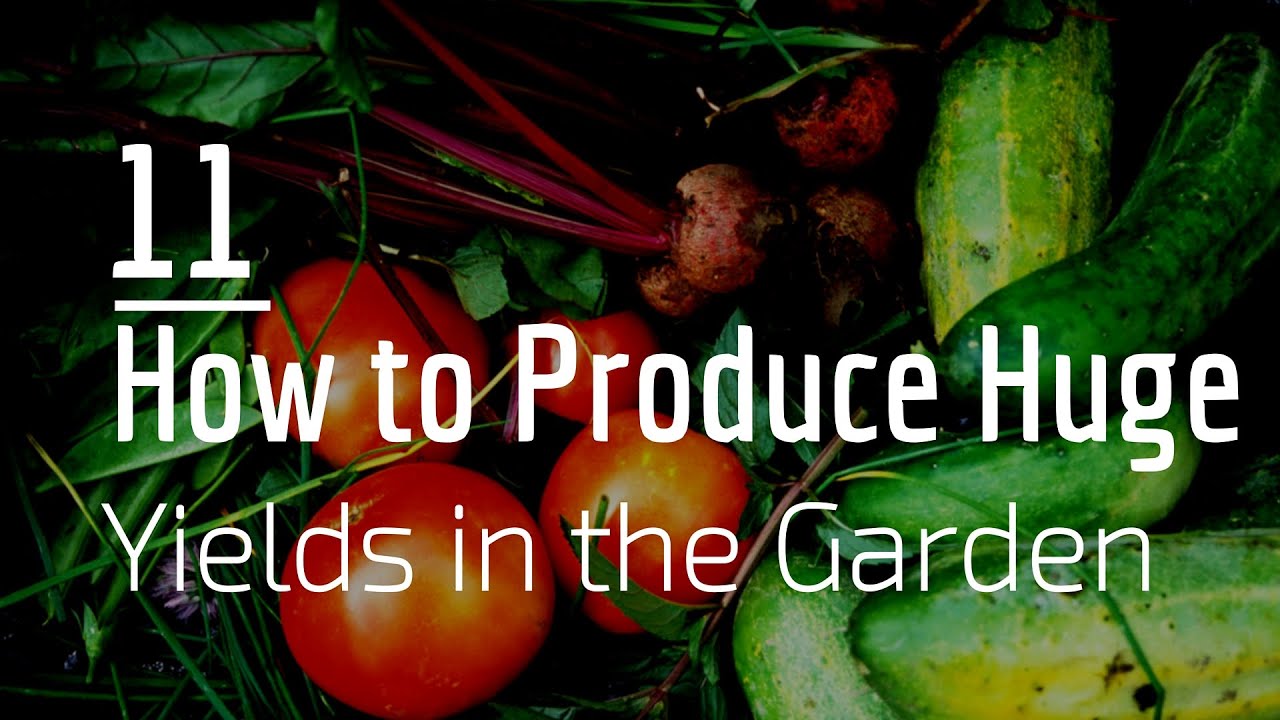
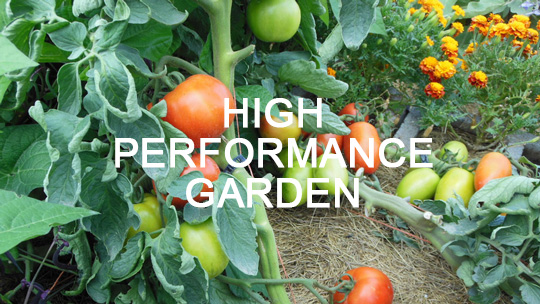
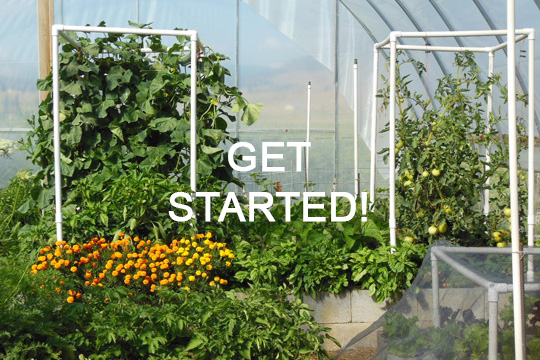

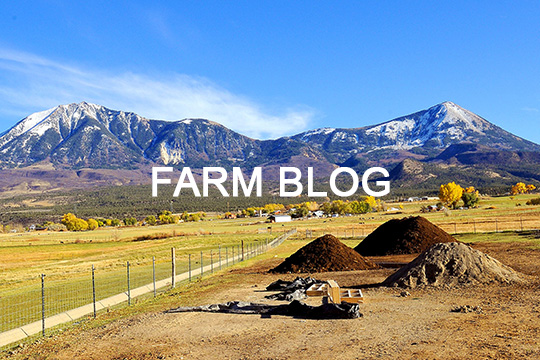
I have access to hay, however I found out that the hay that this feed store carries has been chemically sprayed. Is it still safe to use in my garden? I do want to keep it as organic as possible.
I would recommend not using the hay if it has been chemically sprayed. You don’t want any sort of herbicide or pesticide near your plants or precious soil.
That’s right, use organic products always, no chemicals.
Unfortunately I do not have access to grass in my warm weather climate, but I found a very large tree in a parking strip at the end of my block whose leaves are small. When, in Fall, the leaves drop into the street, I collect them. I use some as mulch and put some in containers to decompose into compost. My other option is to collect trimmings from bushes with small leaves. The leaves from these trimmings are still attached to stems, but if I put them in a container and let them dry, I can rub off the leaves. The stems often are too bulky for mulch and take longer than I wish to decompose into compost so I don’t save them. If I had a large yard for a compost pile that I could let decompose for a long time, I would also throw the stems in the pile. But, I don’t, so they go. I like this system. It serves me well.
I use the leaves and stems from my weeds as mulch! I don’t have a lawn, so if I get a little patch of weeds I let them get a little tall before pulling, rip off the roots and any buds if they’re starting to flower. Since I mulch everywhere, any weeds that pop up are very easy to pull. Then I drop on any bare or barely mulched soil. I also put them in my compost if I don’t have a patch needing any mulch.
Yeah, weeds. I expect weeds have lots of good nutrients. After all, they grow wild, needing no care, and are naturalized to your area bringing up all sorts of good things from the ground to make them strong. So they come free to you and you give their strength as a gift to your garden. Clever girl.
I like to use leaves. But am unable to get a truck drop where I live.
I used cardboard between the garden rows last year. The cardboard stayed where I put it and there are all kinds of worms in the garden for the first time in 35 years.
Are there any reasons for not using cardboard?
Hey, cardboard! You just gave me an idea. I’ve been “sharing” my garden with opossums and have lost several plants. They like to dig in the soft dirt and look for food. I’ve tried covering the ground with large sticks and nursery flats to discourage them, but the critters find little spaces to do their damage anyway. Cardboard. I’m going to put cardboard down between the plants.
I have gotten straw many times but last year, with a new business, the straw had huge seed heads. I was decreases as it was recommended to me by another home gardener who has great results. I wish I could but I don’t know where to find organic straw in my area (37919, E. Tenn) so I’ve opted for pine needles or pine straw. They are sometimes a bit bothersome but at least I don’t have to worry about seeds. 😏